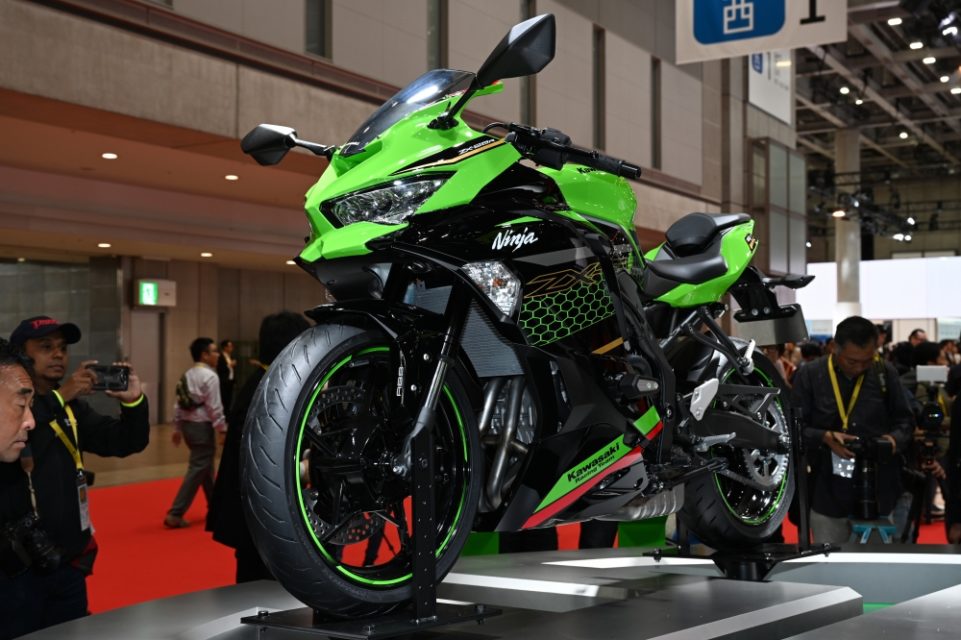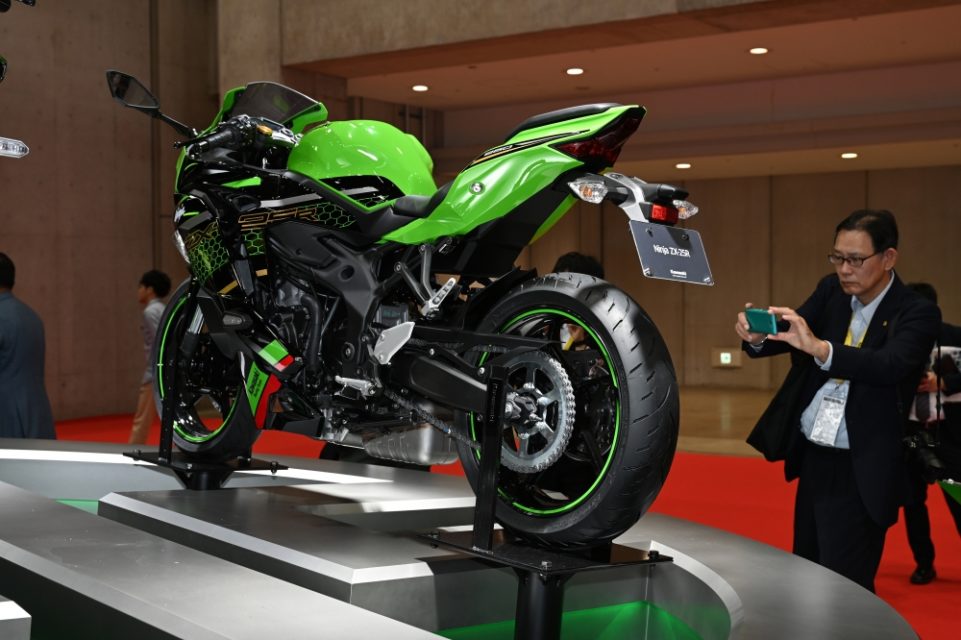
Kawasaki Ninja ZX-25R uses a 249 cc inline four-cylinder engine that is expected to produce more than 50 horsepower
The Ninja ZX-25R has garnered plenty of attention at the 2019 Tokyo Motor Show where it made its world debut. Even before its arrival, the speculations surrounding the quarter litre performance machine had got the enthusiasts excited. Without further ado, here are the five things you should know about the motorcycle.
1. Return of the inline four cylinders 250
The Kawasaki Ninja ZX-25R has made a strong impact at the biennial motoring show in Japan. It marks the return of the brand’s in-line four-cylinder quarter litre motorcycles that played a huge role back in the late 1980s of the bubble era with nimble performance packed with technologies.
2. Top notch mechanicals
The ZX-25R is trying to pick up where the ZXR 250s left off three decades ago. It comes equipped with an inline four-cylinder 249 cc liquid-cooled fuel-injected engine. While the old quarter litres made around 45 horsepower, the latest iteration could make more than 50 horsepower reportedly. It will be mated to a six-speed transmission.
3. Brimmed with technologies
The Kawasaki Ninja ZX-25R’s power and torque figures have not been revealed but other details did come out in Tokyo. It does get more than one power mode and plenty of electronic gizmos such as traction control and quick shifter among others.
4. To be initially sold in Indonesia
The performance-based faired motorcycle will be manufactured at Kawasaki’s production facility in Indonesia. It is also the place where the model will first be sold and we do expect it to target more customers by widening the reach along the way to other Asian countries.
5. Underpinnings to go fast
The ZX-25R derives plenty of design inspiration from its bigger Ninja siblings but the sleek package makes it all the more appealing and gives a unique vibe.
It is mounted on a tubular steel trellis frame in a similar fashion to the Ninja H2, besides the presence of aluminium full wing swing arm, Showa SFF-BP front forks and radically mounted brake calliper.



